Why jeans and not other popular clothes, especially nearly 40 years ago, when fashion was still a luxury concept for many Vietnamese people?
You see, I like to mix and match clothes (Mr. Viet is wearing white denim pants with a green shirt), since I was young. When talking about jeans, people think of a dusty, rebellious, and rugged style, but jeans are actually very versatile. Jeans originated in the California gold rush in the US, but when World War II broke out, the military wearing jeans looked very modern, healthy, strong, and also very serious. After that, jeans became a trend in the world until the end of 1964 - 1965. That's my personal feeling about jeans and I've been attracted to them since then. When they released the indigo pants, under a lot of impact, some places gradually faded like clouds, very beautiful. The places that were worn a lot, frayed, faded like cat whiskers, very nice.
To buy genuine jeans at that time, you had to buy them from abroad and then ship them back. In 1986, I sent a friend 1.5 taels of gold to buy a pair of jeans from Japan by ocean liner. When I returned, that friend said he couldn't buy the jeans and returned the money. The next day, I wandered around the old market and saw the exact pair of jeans I had been dreaming of, being sold for 2.5 taels. After bargaining for a while, the salesgirl "confessed" that she had bought them from T. (the name of Mr. Viet's friend who asked me to buy the jeans) for 2 taels, and sold them to me for 2.1 taels. It turned out that someone had bought them for a higher price, so my friend had hidden the sale. Because I liked them so much, I also spent 2.1 taels of gold to buy the pair of jeans. That was also the first thing that urged me to make jeans, to create jeans for myself and for my friends to wear. Jeans were high-end at that time. Only rich people, people with money can buy it, so it fuels my desire. I want to do it at all costs.
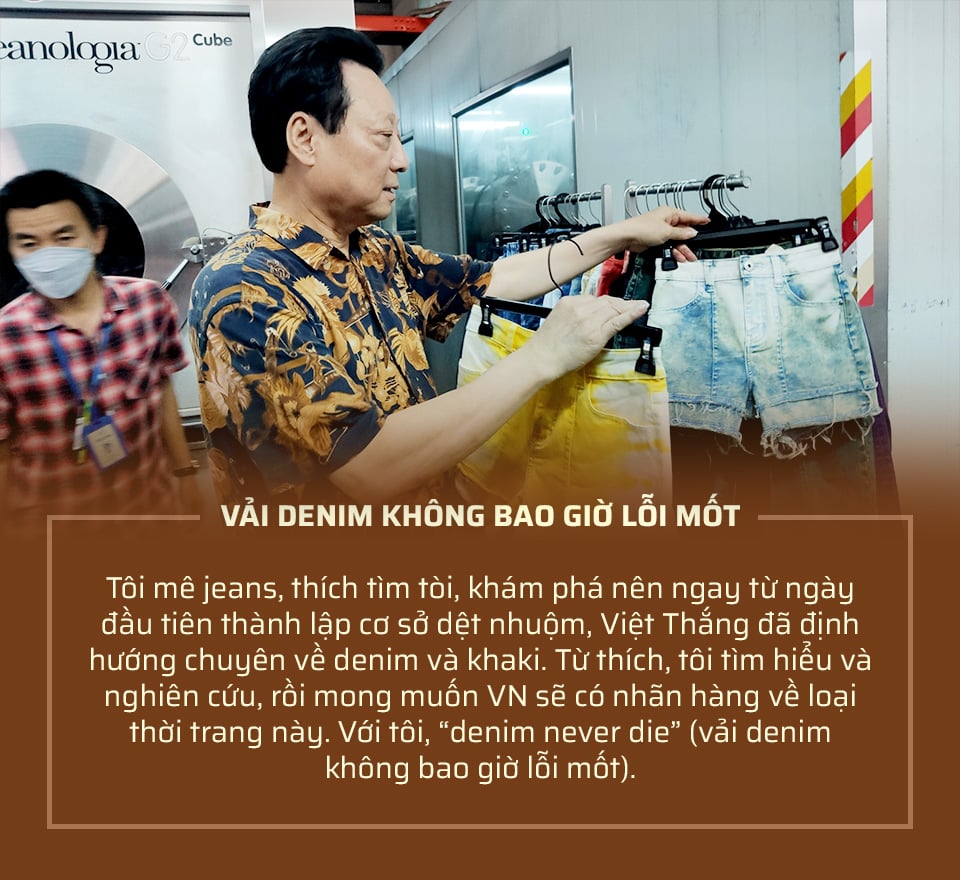
Buying a pair of jeans was difficult at that time, but you were thinking about producing jeans, surely it was much more difficult?
Extremely difficult. In 1987 - 1988, the country began to innovate, everything was still difficult. From machinery, equipment, technology, to people... almost everything was not available. I spent the first 2 years struggling. Luckily, I met the best tailor in Ho Chi Minh City and a handbag tailor at Ben Thanh market to work together.
At that time, buying a sewing machine to sew pants was a big problem. At that time, Vietnam only had a single-needle machine from China, so we had to send an ocean-going ship to buy a double-needle machine from abroad to run a straight and beautiful stitch. I still remember, I was very happy to buy a sewing machine. The money I spent to celebrate was equal to the money I spent to buy the machine. Then there was the washing machine, only hospitals had stainless steel washing machines but the government did not allow them to be sold, so I had to go to the Polytechnic University, meet the head of the mechanical engineering department, describe, take pictures, and ask them to make it several times before I could get a washing machine. Then, if I wanted to process (wash) pants, I needed foaming rocks from volcanic areas in Indonesia and Malaysia, but Vietnam had not imported them yet. When importing enzymes (a flocculant to help the fabric color quickly), when testing the quality at the Polytechnic University and the Pasteur Institute, each side gave different results, with many different additives, so they were not allowed to import. Both important ingredients were not available, so after much searching, I discovered that the rock under the dead coral roots could replace the pumice. Over 3,600 km of Vietnam's coastline, we had to search for dead coral roots washed up in the bays to make this.
I was the first person in Vietnam to apply coral stone to wash jeans and have been successful ever since. I was also the first person to wash them to get a white-blue color. Anyone who sold at An Dong market, Tan Binh market… at that time and got white-blue jeans to sell would have enough profit to feed the whole family all day.
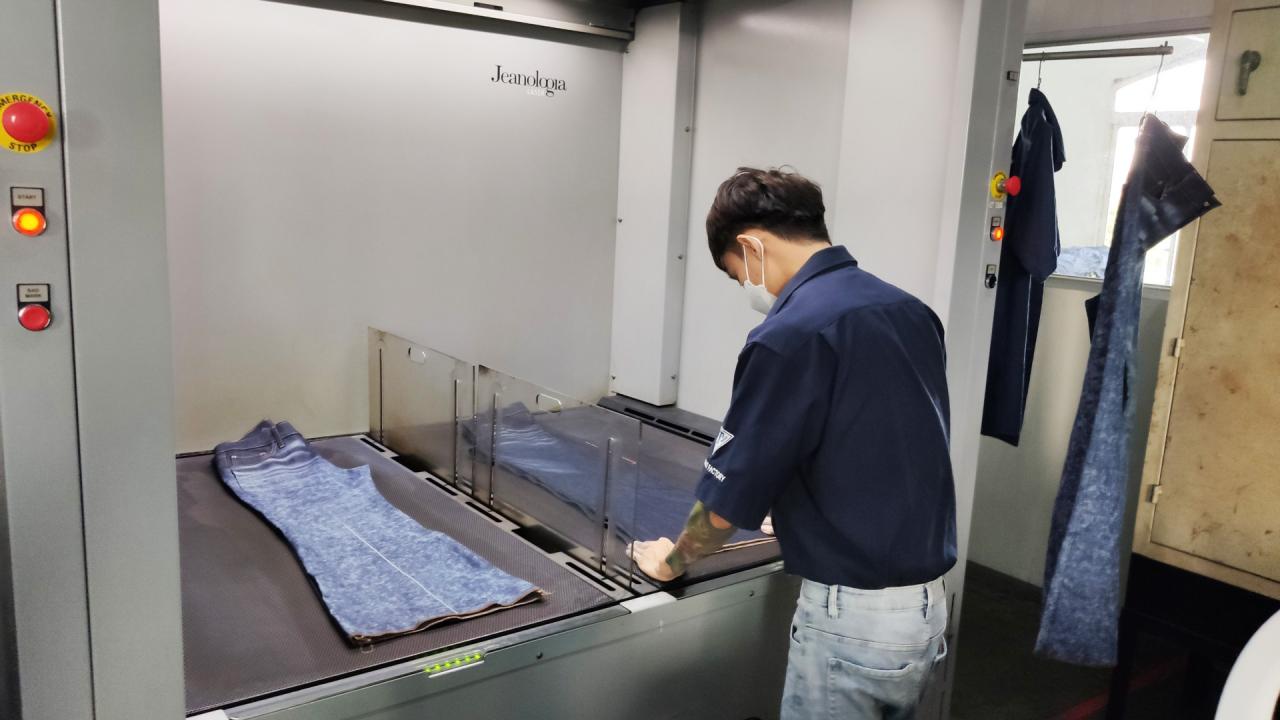
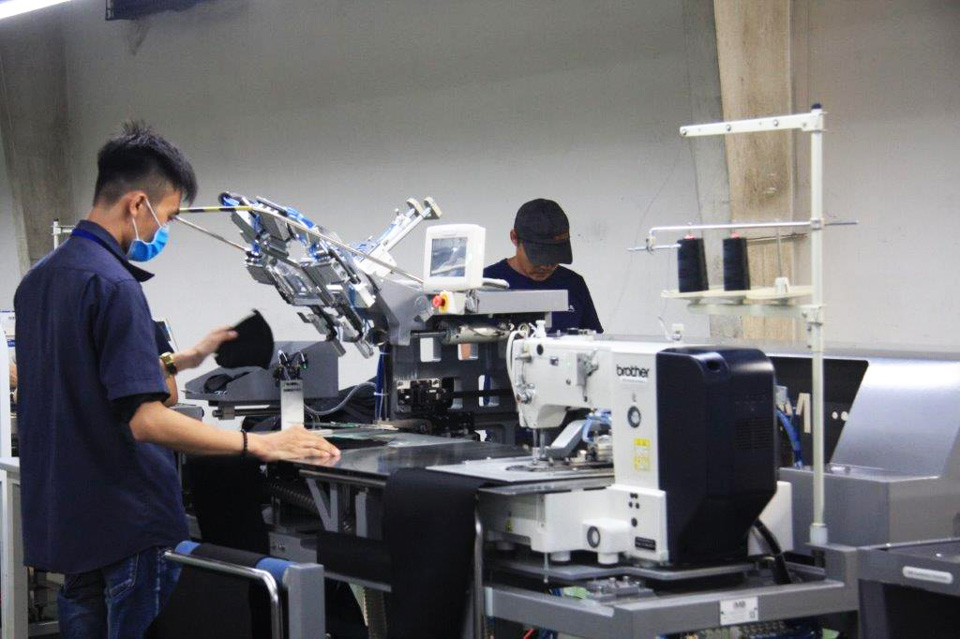
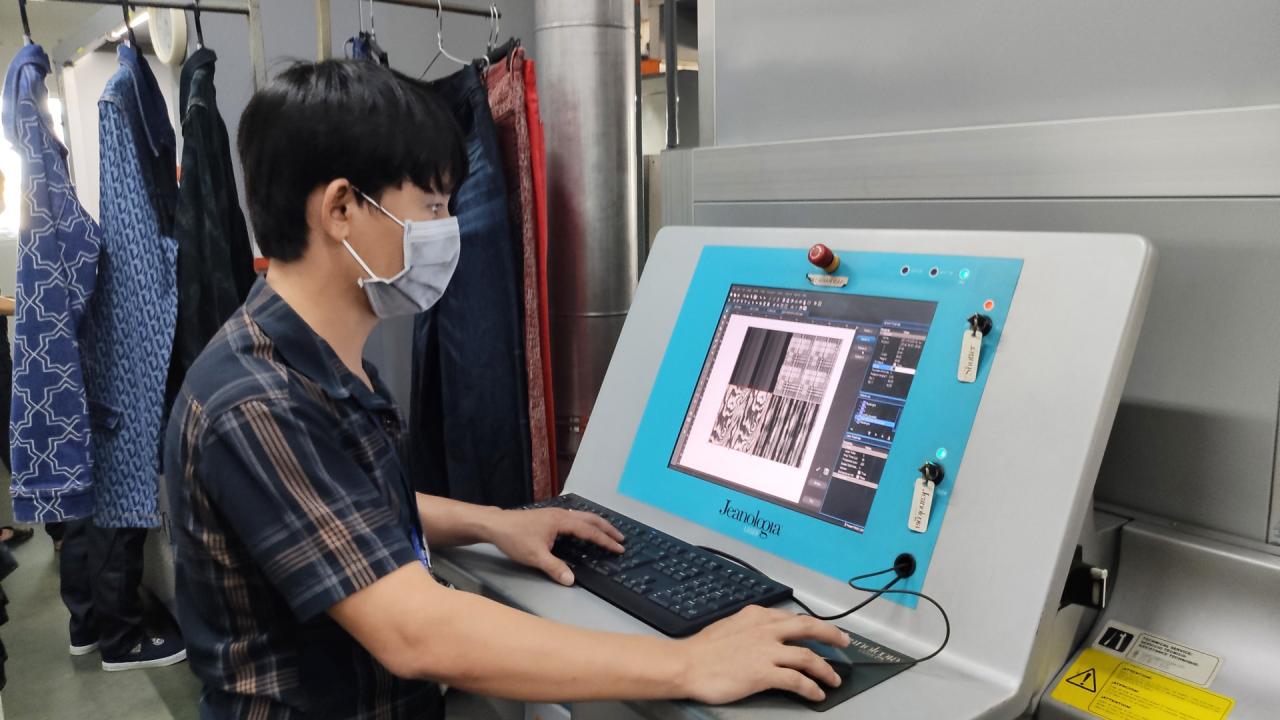
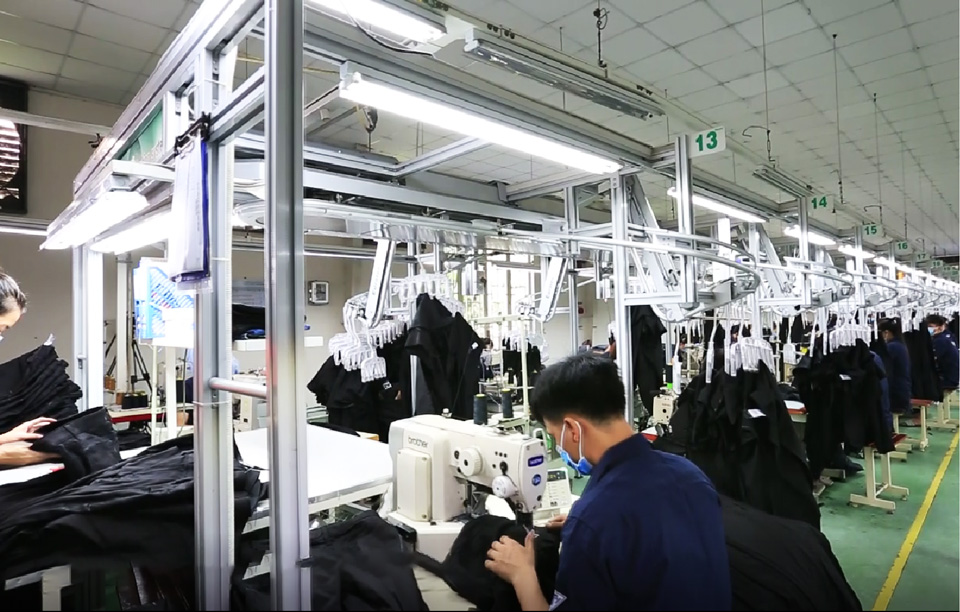
What is the reason for "carrying firewood back to the forest", exporting jeans to the country that gave birth to them, the US, or countries with the world's leading fashion industry like the EU... sir?
Viet Thang developed very quickly in the early stages. When we started exporting, we had more than 400 agents in the domestic market. However, sales in the Vietnamese market at that time were unstable. Raw materials were difficult to import, taxes were high, pushing up product prices, while smuggled goods from other countries' borders and cheap tax-evading goods were sold everywhere. If we wanted to make a profit, we had to smuggle, so I switched to temporary import and re-export. At that time, Vietnam could not import fabric from China, and there were not many sources from Taiwan or Hong Kong, so I imported fabric from Poland and they wanted to get the goods, and so on, gradually exporting them. At that time, many Vietnamese people came to Poland, Czechoslovakia, and Russia to do research and work, and they kept buying and selling back and forth, and then became a relationship.
Since 1994, Vietnam normalized relations with the US, and in 1996, export quotas began to be granted. Viet Thang had grown up by then and was granted direct export quotas. Some US companies came to our place to guide us and then import our products. Just like that, we gradually expanded to 11 EU countries, Japan, and South Korea.
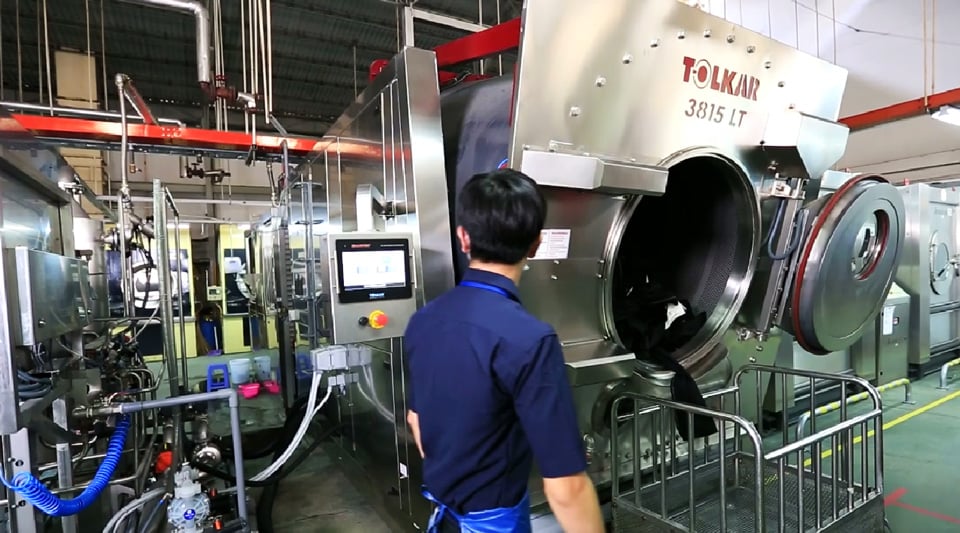
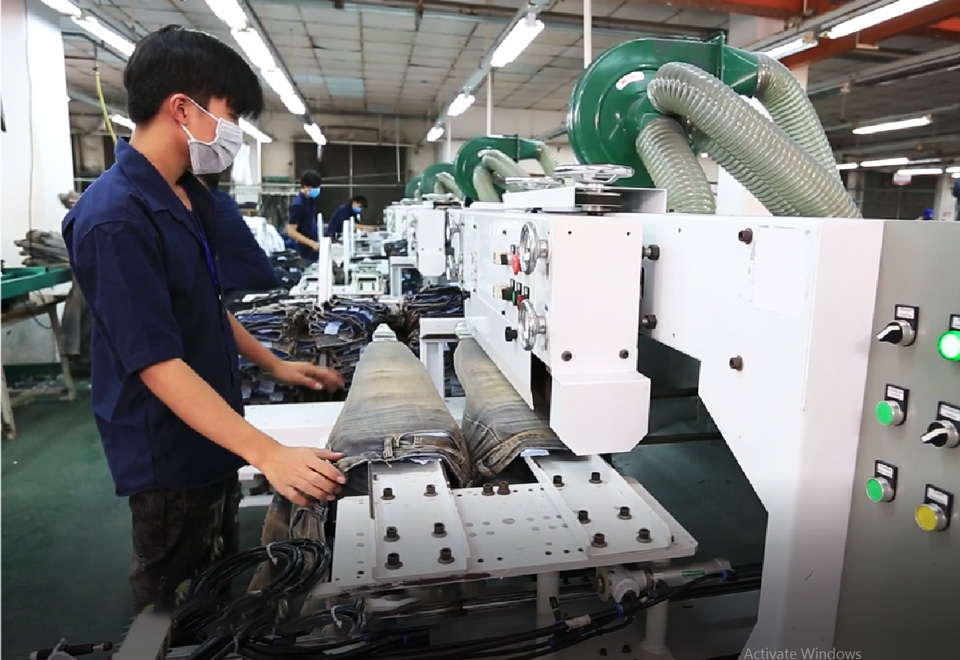
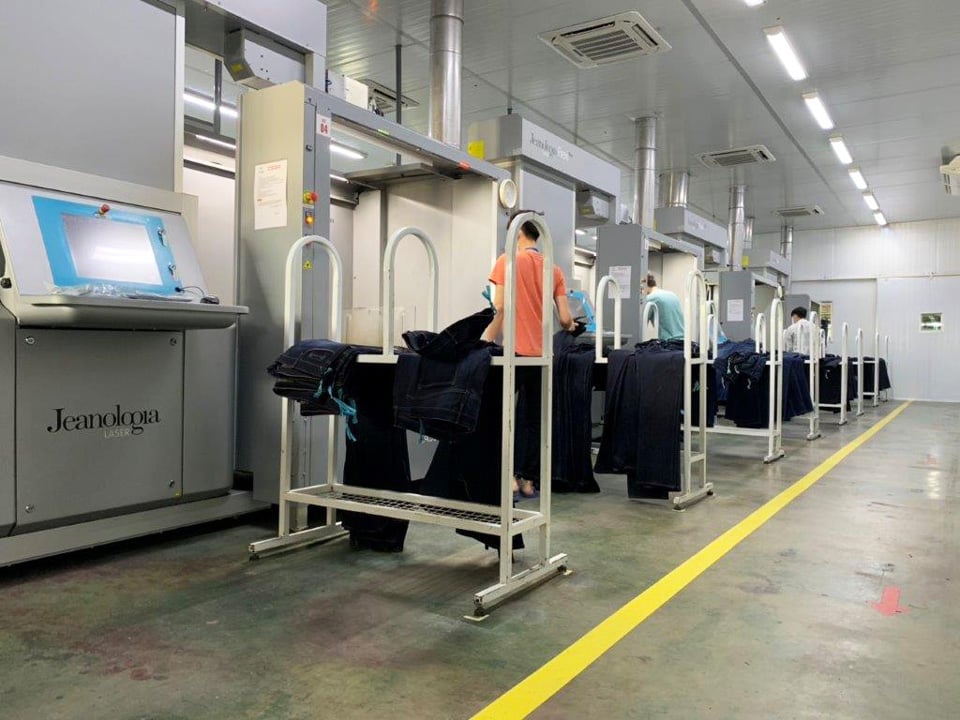

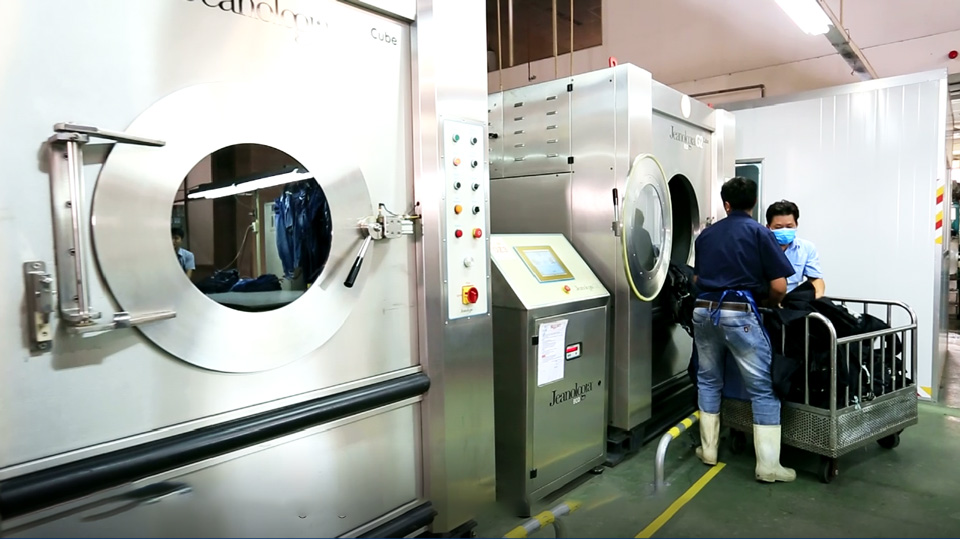
I still wonder, how can Viet Thang compete with Zara, H&M, CK, Levis or Uniqlo… when exporting to these markets?
Those brands, later on, there will be more high-end brands, we certainly cannot compete, so we choose to make products according to orders. Therefore, our biggest competitor is Thailand. Actually, in terms of stitching, if Thailand is 10, we are also 9, not much inferior, but we import fabrics from Taiwan and Hong Kong, which are much better than Thai fabrics. We understand the trends, shapes, and parameters that customers provide, so the product quality is much better, and is well received by customers.
But to win, first of all, you have to choose the fabric. I am passionate about denim, I am a denim expert so I know the structure, weaving density, fabric composition, and which type is comfortable to wear. Viet Thang products ensure the design and fabric type will help the wearer not feel tight, not uncomfortable and especially can wear the pants for 10 years. Good fabric composition; natural dyes, not synthetic chemicals; technology imported from Europe helps the color fastness so the color will fade slowly, not just in 1 year like other fabrics and colors.
In addition, we also catch the "trend" of effects (clouds, water, cotton) and colors very quickly... Shapes, colors, and designs will be seasonal, even designed according to local culture, to create the most beautiful products with the best quality. This is not clothing but denim fashion.
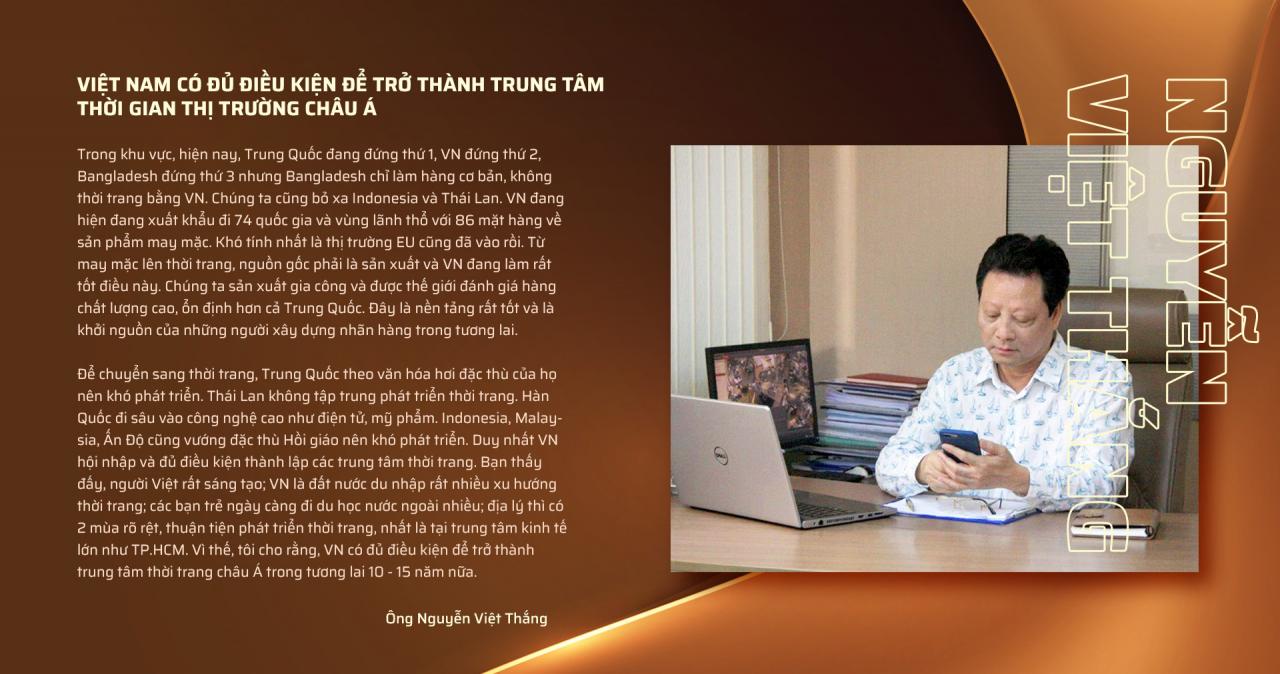
Speaking of fashion, Vietnam is the world's leading country in textiles, but we mainly do processing. Why didn't you choose that path but instead chose fashion, a much more difficult path?
Yes, garment is the root of the Vietnamese industry, creating inspiration and motivation to develop other industries. Meanwhile, fashion requires research on culture, geography, people... all factors to create the most beautiful and suitable outfit. Because of this difficulty, Vietnam only has about 2-3% of garment enterprises with brands. The rest are all processed.
But if I just assemble and process, there is no creativity. I like to be creative and I am passionate about fashion. I want to create my own new products, for myself, my family, my friends and everyone else to wear. That is why I gradually upgraded to fashion and created the brand V-SIXTYFOUR.
Fashion has a huge advantage for a country with a young population like Vietnam. We also have a huge textile industry, but in the domestic market, it is difficult to name Vietnamese fashion brands. Meanwhile, brands like Zaza, H&M, CK, Levis, Uniqlo... are doing well and are always crowded. In the low-cost segment, Chinese goods dominate, so where is Vietnamese fashion? Why are we struggling in our own home market?
To be fair, in terms of product quality, V-SIXTYFOUR products are on par with all imported products and better than the products sold by brands like H&M and Zaza. In terms of shape, we are superior because the products have been adjusted to suit the Vietnamese market. The price is also cheaper. However, in terms of brand, effect, and brand for consumers to know, they are superior because they are popular all over the world. Meanwhile, Chinese products are low-priced and easily accessible to many people.
Therefore, domestic brands that want to build their brands need time, good communication and policies from the government to support and encourage consumers to buy quality products instead of buying brands. Good services are needed for consumers to trust, try, feel and support.
Hopefully in the future, the legal and media systems will do better to support brands that are producing authentically, especially businesses that are moving towards green production, environmentally friendly green products and are socially responsible. That is the trend and an urgent requirement. Businesses and products that are going in the right direction will certainly survive.
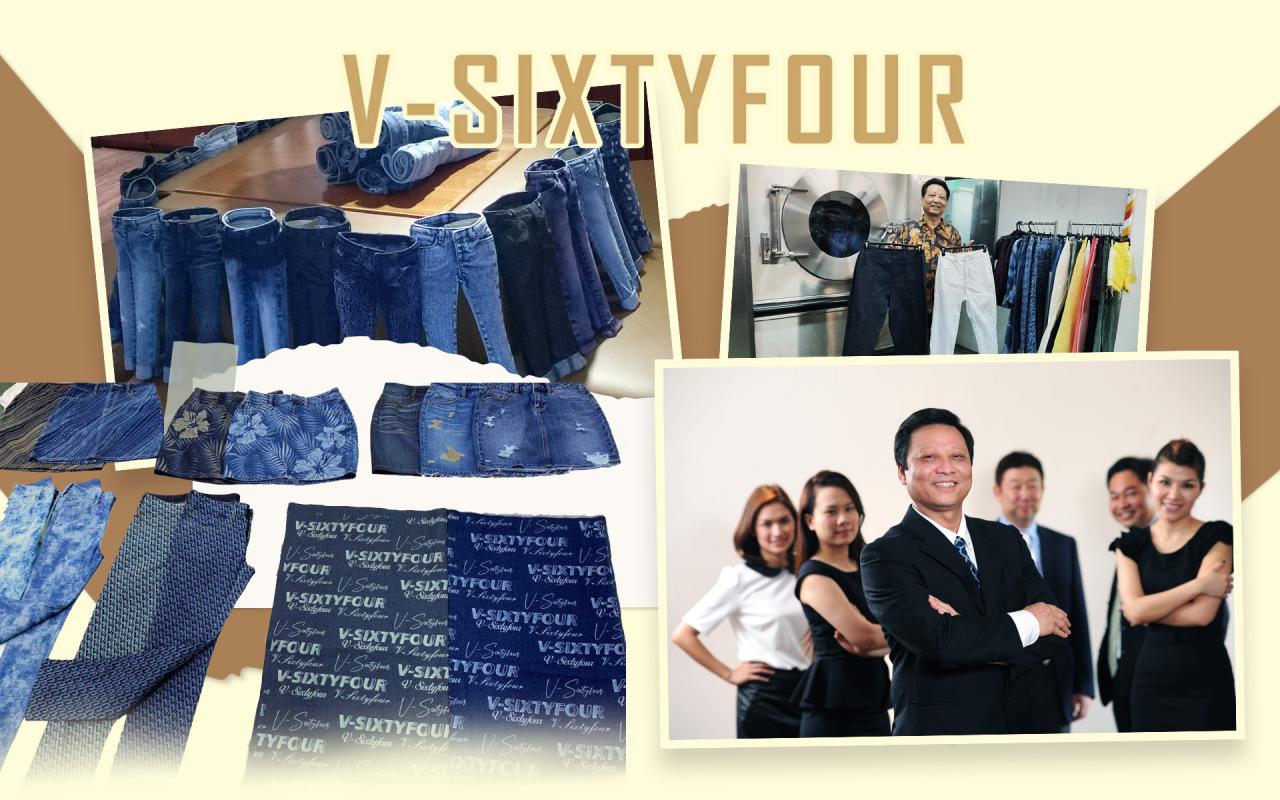
Fashion brands around the world often create trends, seasonal trends, yearly trends, "trends"... with collections and shows that are awaited by fashionistas around the world. In Vietnam, I have only seen designers launch collections but have not seen fashion companies like you create trends, create catwalks to promote products, to get closer to the public. Have you thought about this?
In fact, every year V-SIXTYFOUR usually releases 2 spring-summer and fall-winter collections, but to have fashion shows, many factors are required. People must be trained, materials must be available. From materials, products must be produced, sold on-site, then presented, not only serving domestic customers but also attracting foreign tourists . Then there are museums, large exhibition workshops that attract a large number of visitors. Only then can it be associated with fashion. But Vietnamese designers today only teach design for sewing; schools also do not teach how to create a collection. Young people are very creative but focus too much on the effects on stage and forget about the application, so the theme is not close to reality.
To move towards fashion, you have to start from market research, build themes, understand customer needs, create products that suit those needs, release seasonal and monthly collections, and then start distributing them on the market. Currently, in the textile industry, only about 1-2% of enterprises develop in this direction. But difficult does not mean impossible. My aspiration is for Vietnam to have a quality brand for Vietnamese people to wear and bring the brand to the international market. I may not have much time left to do that, but I believe the next generation will do it. I hope V-SIXTYFOUR, VITAJEANS will lay the foundation and inspire young people to make Vietnam the fashion center of Asia.
Thanhnien.vn


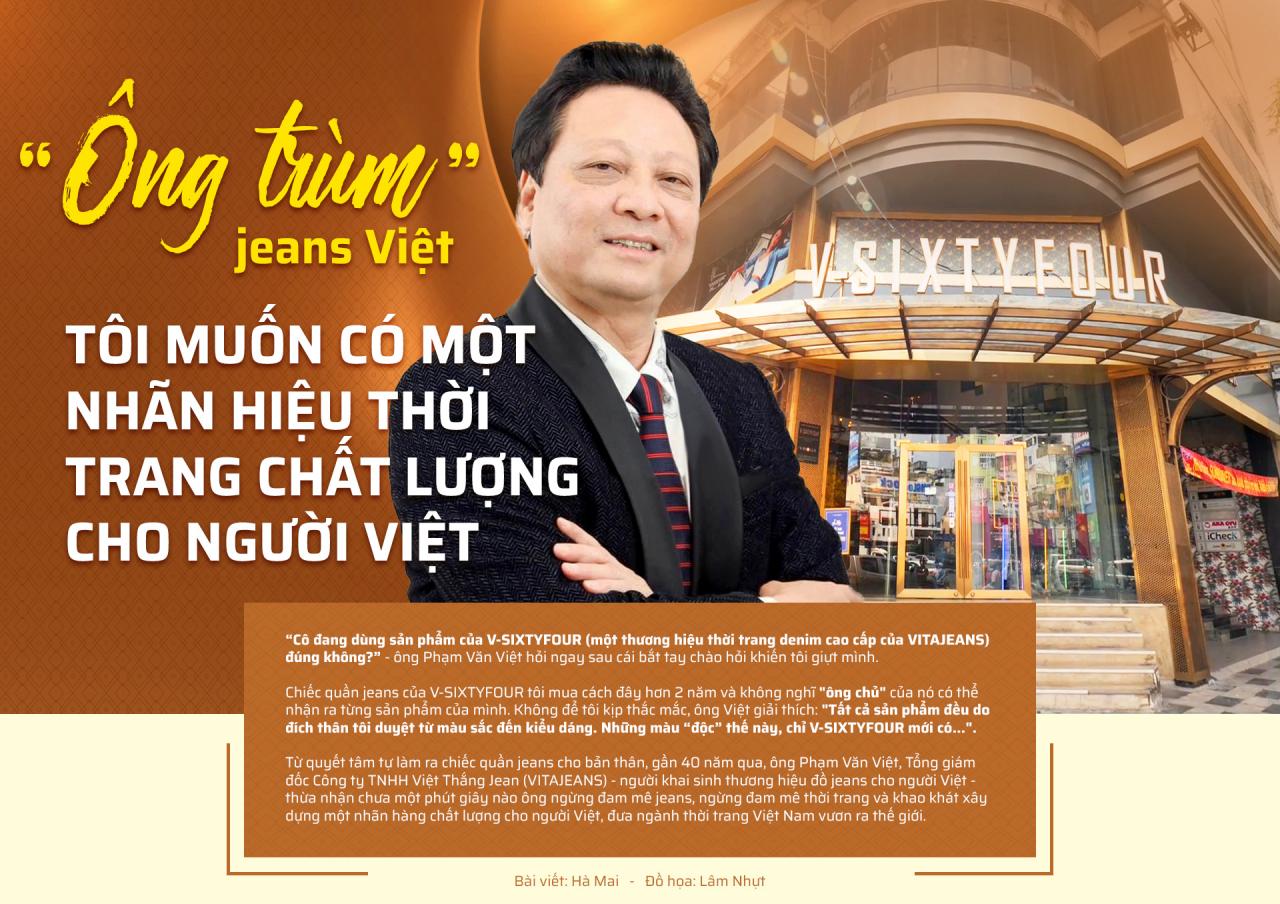
![[Photo] Ea Yieng commune settlement project abandoned](https://vphoto.vietnam.vn/thumb/1200x675/vietnam/resource/IMAGE/2025/5/25/57a8177361c24ee9885b5de1b9990b0e)
![[Photo] French President Emmanuel Macron and his wife begin state visit to Vietnam](https://vphoto.vietnam.vn/thumb/1200x675/vietnam/resource/IMAGE/2025/5/25/03b59c7613144a35ba0f241ded642a59)
![[Photo] Funeral of former President Tran Duc Luong in Quang Ngai](https://vphoto.vietnam.vn/thumb/1200x675/vietnam/resource/IMAGE/2025/5/25/ccf19a3d8ea7450bb9afe81731b80995)
![[Photo] Welcoming ceremony for Prime Minister Pham Minh Chinh and his wife on an official visit to Malaysia](https://vphoto.vietnam.vn/thumb/1200x675/vietnam/resource/IMAGE/2025/5/25/dc30203c3ae24da3990266ec3b29bb2d)
![[PHOTO] Hanoi fences off demolition of "Shark Jaws" building](https://vphoto.vietnam.vn/thumb/1200x675/vietnam/resource/IMAGE/2025/5/25/1b42fe53b9574eb88f9eafd9642b5b45)



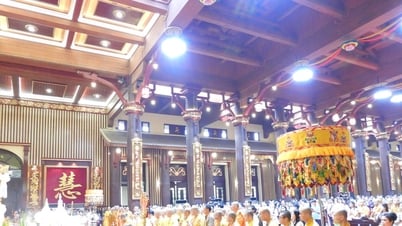



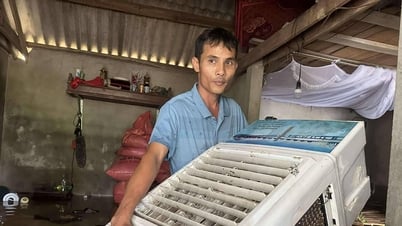
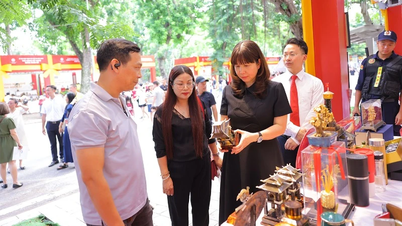







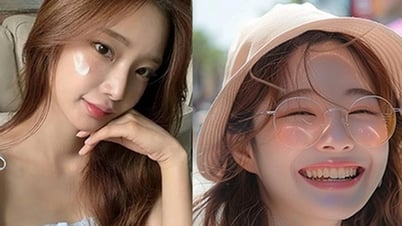

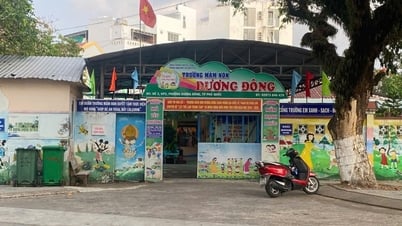
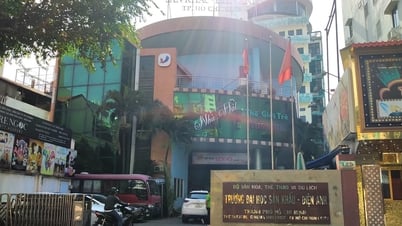
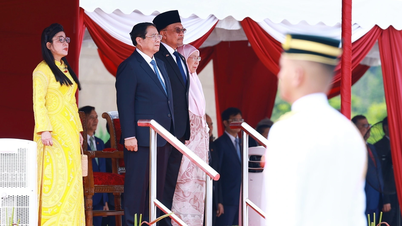




























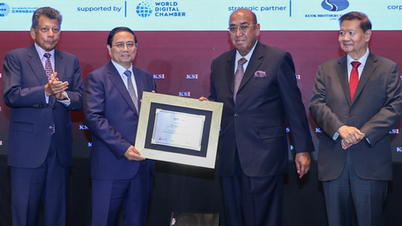
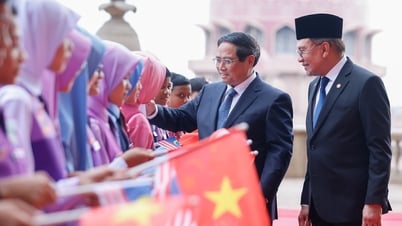
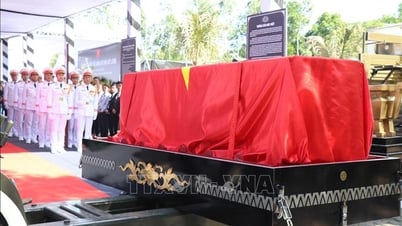


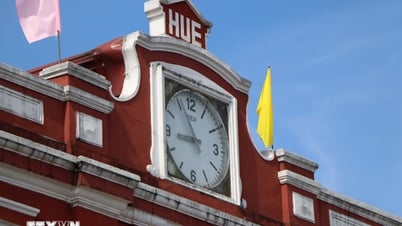










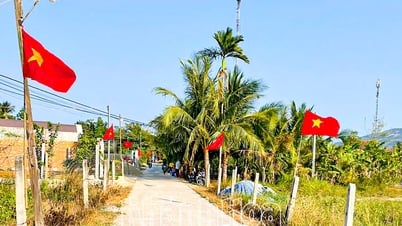


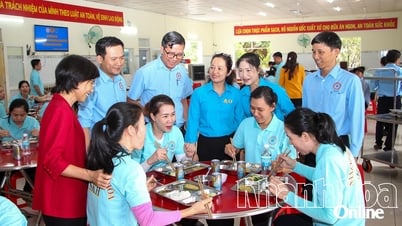
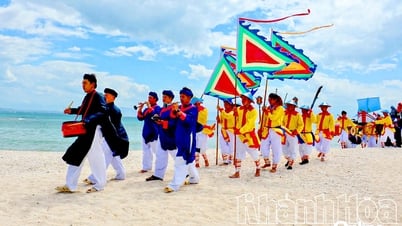











Comment (0)